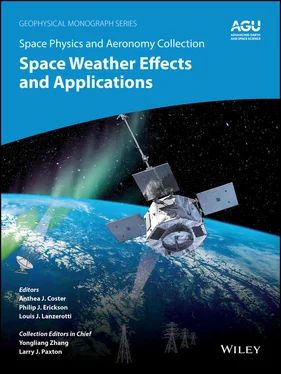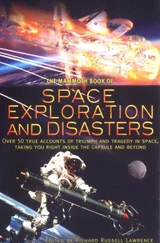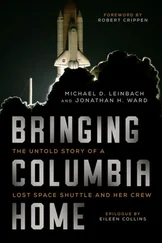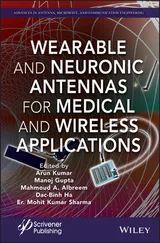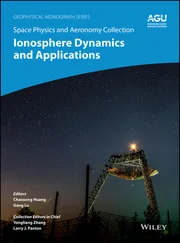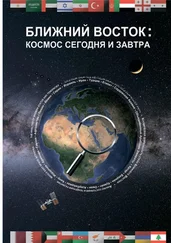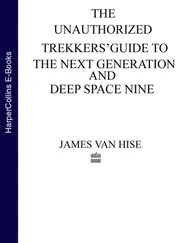The space weather concerns for the inner radiation zone are several. The intense, high‐energy trapped protons are extremely damaging to space systems (Vette et al., 1966) and are quite hard to shield against. There are also more variable, trapped solar energetic ions in the inner zone that can cause dose and single‐event effects (see Lorentzen et al., 2002; Baker, 2002). The hazardous proton populations of the inner zone and slot regions have two fundamental sources. In the inner zone, the primary source is the neutron albedo decay process, which has been well defined (Selesnick et al., 2007, and references therein). The outer edges of the inner zone and the lower part of the slot region also host energetic protons and ions that consist of entrained solar particles (Mazur et al., 2005; Selesnick et al., 2007). The inner zone also has trapped galactic cosmic rays (see Klecker et al., 1995; Cummings et al., 1993). Finally, the trapped energetic electrons with E ≤ 1MeV (Claudepierre et al., 2017; Fennell et al., 2015) also represent a further significant source causing total dose effects.
The so‐called “slot region” of the radiation belts extends from roughly L ~ 2.0 to L ~ 3.0 depending on particle energy and species. (L is the geocentric distance in Earth radii at which a dipole magnetic field line crosses the magnetic equatorial plane.) The slot is a region often relatively devoid of energetic electrons. However, during strong geomagnetic storm periods, the gap between the inner and outer zone can be filled to a large degree by moderate (and even high) energy electrons (Fennell et al., 2005). For example, in the intense “Halloween” storm period of late October and November 2003, the slot region was filled with multi‐MeV electrons for several weeks (Baker et al., 2004). Thus, the slot region can present several space weather concerns including low‐ and medium‐energy electron enhancements, multi‐MeV electrons (on rare occasions), and strong solar energetic particle events (again on relatively rare occasions).
Finally, the outer Van Allen radiation belt represents in many ways the most pervasive space weather risks to operating spacecraft. The outer radiation belt is broad in spatial extent (from r ~ 3R Eto r ≳ 6.5 R E). It is comprised of mildly to highly energetic electrons (~100keV to ≳10 MeV) and varies widely in particle intensity. Commercial, military, and scientific satellites operating in medium‐Earth orbit and geostationary Earth orbit number in the multiple hundreds worldwide. All of these operating spacecrafts are subject to outer Van Allen belt space radiation impacts.
Obviously, from the above brief description it is clear that the space radiation environment can cause a wide variety of impacts on space systems. Having a deeper understanding of radiation properties including dynamics and temporal trends is crucial for our technological society. This chapter describes the current knowledge of these space radiation aspects.
1.3. SPACE RADIATION EFFECTS
Figure 1.2shows a schematic diagram of a representative spacecraft presumed to be at some location within the Earth’s space environment. At high altitudes, such a spacecraft would be subject to a variety of space effects. Both solar energetic particles and trapped energetic protons can cause significant energy deposition for sensitive electronics on board a given spacecraft. Similarly, galactic cosmic ray nuclei may pass through electrical components and induce radiation degradation effects. As illustrated in Figure 1.2, these ion interactions effects are termed “single event effects.” There also can be surface and deep‐dielectric (bulk) charging due to energetic electrons.
The record of operating spacecraft over the space age is filled with examples of anomalies and complete satellite failures due to space weather impacts (Allen, 2002). Many operational issues occur in the South Atlantic Anomaly (SAA) region, as illustrated in Figure 1.3. As shown in the diagram, the Earth’s magnetic field is weakest over Brazil and eastward into the South Atlantic Ocean region. This results from the offset, tilted dipole of Earth’s intrinsic magnetic field (Cain, 1966). Trapped particles mirroring along terrestrial magnetic field lines, especially high‐energy protons in the inner zone, can approach closest to the Earth’s surface in the weak SAA field region. Thus, this is the region where low‐Earth orbit (LEO) spacecraft encounter the most intense particle radiation. Figure 1.3demonstrates that the TOPEX (U.S./French Ocean Surface Topography mission) and TERRA (Earth Observing System‐1 satellite of NASA at 705 km altitude) spacecraft suffered many electronic anomalies and upsets in the SAA (Allen, 2002), probably due to single‐event effects from inner zone protons. The mechanism of single‐event upsets is illustrated in Figure 1.4a.
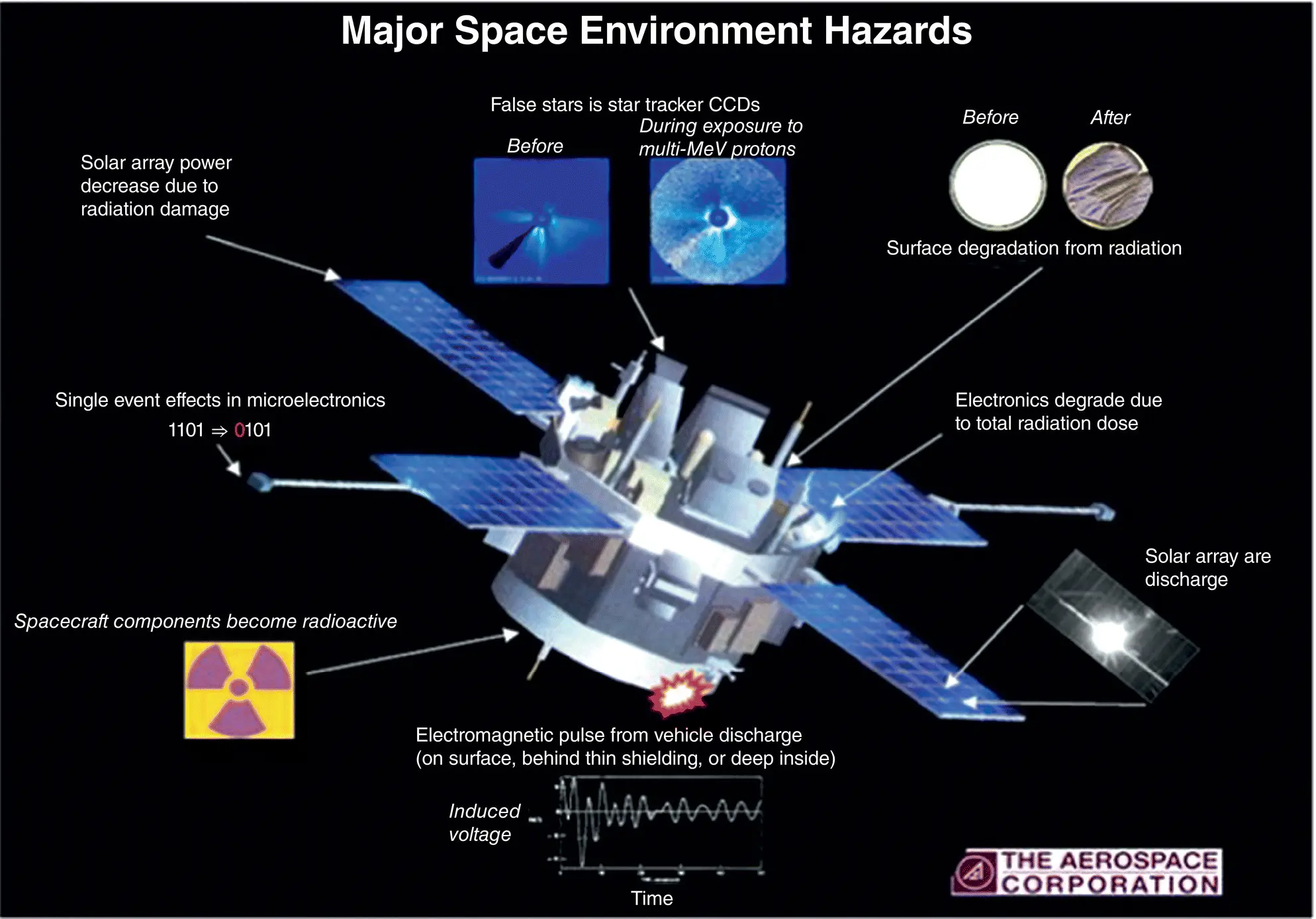
Figure 1.2 A schematic diagram showing spacecraft impacts due to the space environments including single‐event ion effects, deep‐dielectric charging due to high‐energy electrons, and surface charging due to low‐to‐medium energy electrons.
(Source: Aerospace Corporation.)

Figure 1.3 A map of the Earth showing contours of constant surface magnetic field strength. The weakest field region over South America is called the South Atlantic Anomaly. The red symbols show where significant operational anomalies occurred for the TOPEX and TERRA spacecraft.
Only the more energetic ions/protons in space are of major concern from a space weather hazard perspective. Very high energy protons and ions can penetrate shielding, depositing their energy in electronic devices. Protons with E > 3 MeV are a primary contributor to solar array degradation, while >15 MeV protons contribute to single‐event effects and nonionizing radiation damage to electronic parts within satellites that orbit in or traverse these regions.
Another impact of the space environment is called deep‐dielectric charging and is also noted in Figure 1.2. Electrons with energies of hundreds of keV up to multiple MeV energies may penetrate shielding and bury themselves in dielectric materials inside spacecraft. As shown by Figure 1.4b, if the buildup of buried charge is fast enough (and the leakage of charge out of the dielectric material is slow), then a powerful discharge can happen. This can severely damage materials and sensitive electronic components (see Bodeau & Baker, chapter 2, this volume).
Yet another type of space radiation impact within the Earth environment is shown in Figure 1.4c. This is called surface charging. If the space system is subject to hot plasma in its environment and photo‐electrons are not able to carry away charge promptly from insulator and dielectric material (as happens in solar eclipse conditions or on the nonilluminated side of a space vehicle), there can be a strong buildup of charge on key areas of the spacecraft surface. When the charge buildup is sufficient, a sudden discharge can result. This may produce material damage and/or a significant electromagnetic discharge around the spacecraft. Such effects cause phantom electromagnetic signals or changes of state in memory systems. There can even be permanent damage to electronics (see Bodeau and Baker, chapter 2, this volume).
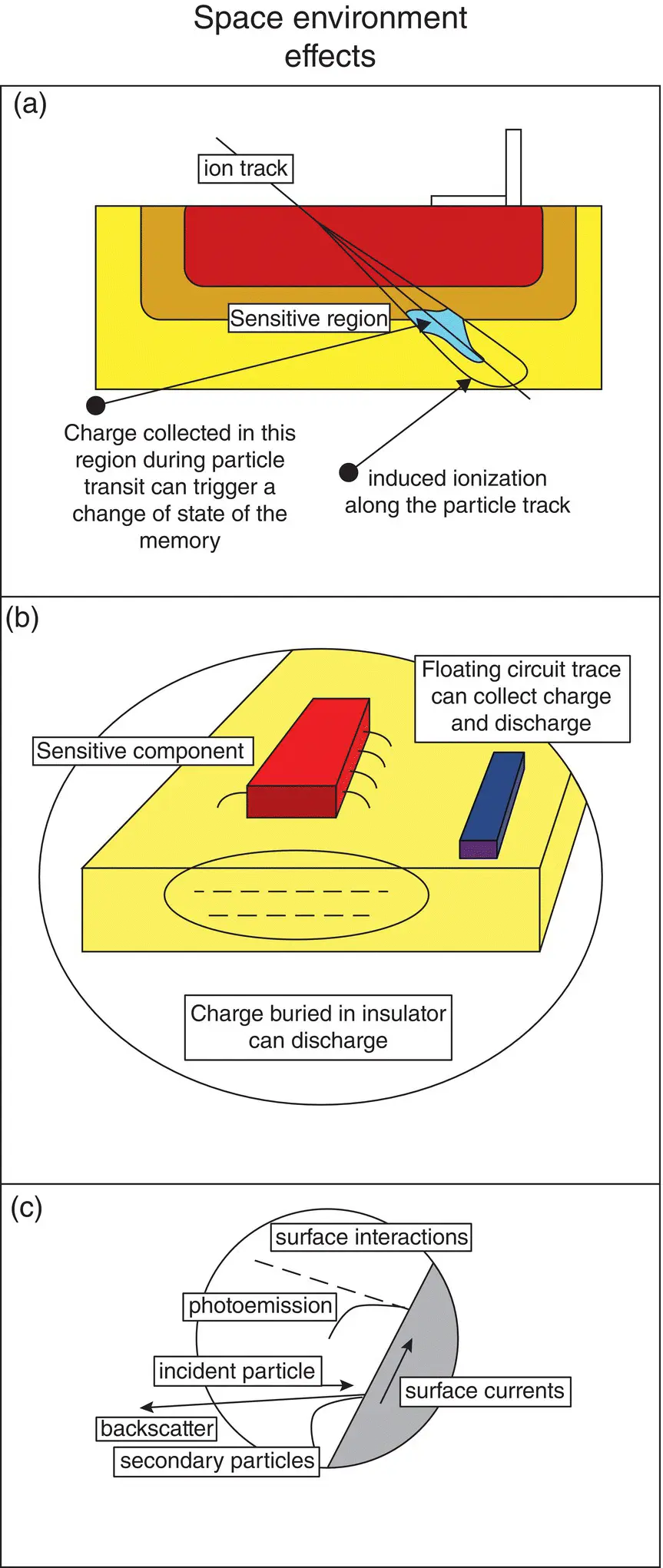
Figure 1.4 Illustration of the (a) single event upset, (b) deep‐dielectric discharge, and (c) surface charging mechanisms that can cause severe spacecraft operational anomalies.
Читать дальше
